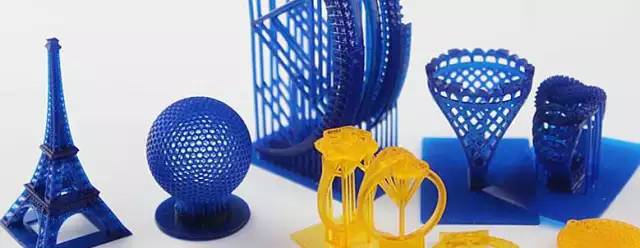3D printing and modeling have become a widely used procedure in a wide variety of industrial sectors. Learning the tricks and tricks of 3D modeling is, at times, tricky for most designers and engineers, especially if you don't have the expertise and the technical know-how.
The benefits of 3D design and modeling are the fact that it provides different design angles that can suitably cater to all your preferences and needs. When using 3D Printing, its vital to factor in that mistakes are going to happen; no one is perfect. I think it's fair enough to say more than one prototype is going to have errors as you improve and horn your modeling and design skills.

Before you get better at 3D design and modeling, here are some factors that you should pay special attention to avoid some of the most commonly made mistakes.
Ignoring Research About Your Printing Tech
For every 3D printer, they have their specs that will suit their needs. So, it's very irresponsible, not knowing about everything regarding your tooling techniques.
This mistake has cost a lot of young and upcoming 3D printers, wasting a lot of time and money if you intend on using modeling and design device, its imperative that you know the ins and outs of the chemical compounds to provide for regular maintenance between usage.
It's recommended to have separate devices for metal and plastic resins not to stop the production process.
Ignoring the Software Guidelines
One of the most commonly made mistakes by novice designers is the handling of software without doing any prep work. It's a disaster waiting to happen, especially when every year, 3D modeling programs work differently and are designed to handle specific roles and components.
Thanks to technology, most of the current software's are designed to handle most of the common setting automatically. But, still, most of them need manual set-up; the software offers guidelines, but they will not provide the tips and tricks on how to manage them.
If you want to be successful, do a thorough background check on the software that you are using and make Google your “friend,” it's the perfect tool for all your questions.
Reading Material Guidelines
Creating 3D prototypes requires using metals and polymers, adhering to specific rules and guidelines. You can always look for solutions online to know the design rules of a machined part/product is created.
For beginners, it's always recommended to follow the material guidelines until you have fine-tuned your skills. Be bold and experiment with various 3D models and designs to get better with time.


